Mulberry Hill

“Mulberry Hill” was the name of the Clark family home in Jefferson County, and one of the most significant historic structures in Kentucky and the early West due to its association with the Clarks. Now within the city limits of Louisville, at that time it was about three miles southeast of town on the South Fork of Beargrass Creek. John Clark purchased the 256 acre tract from the heirs of George Meriwether on August 29, 1785. The Clarks already were living on the property, so apparently an agreement had been made prior to the actual sale. Additional land was added to the tract so that it totaled 318 acres by 1799. By 1803 it apparently totaled 343 acres.
John (1725-1799) and Ann (Rogers) Clark (1728-1798) and their four youngest children: Lucy (1765-1838), Elizabeth (1768-1795), William (1770-1838), and Frances (1773-1825) arrived in Jefferson County in March 1785. They had begun their move to Kentucky from their home in Caroline County, Virginia, in 1784 and wintered at Redstone Landing on the Monongahela River. Son George Rogers Clark (1752-1818) already had settled in Louisville and may have been living in the house. Tradition states, and there is some evidence to support it, that George, brother Jonathan (1750-1811), and some Clark family slaves built the house in 1784 in preparation for their family’s move there. The estate initially was christened “Ampthill,” possibly in honor of the Chesterfield County, Virginia, home of the same name owned at that time by the Temple family, Clark friends, and relatives. At some point, probably within several years, John Clark changed the name of his estate to “Mulberry Hill.” Information indicates it was christened “Mulberry Hill” due to the presence of those trees on the Poplar Level, as the area was called. One story states that mulberry logs were used to build the house.
The house originally might have been one story, but by 1799 it was a two story log cabin measuring forty feet by twenty feet, facing northwestward toward Louisville. The kitchen was a detached one story log structure. There were also other structures such as slave cabins and a grist mill. Corn, wheat, and possibly tobacco were grown on the estate, and an orchard was maintained. “Mulberry Hill” quickly became one of the most prominent estates in the area due to George Rogers Clark living there, the position of the Clark family in society, and the eligibility of the Clark girls.
Elizabeth married Richard Clough Anderson Sr. in 1787; Lucy married William Croghan in 1789; and Frances “Fanny” married Dr. James O’Fallon in 1791. Following O’Fallon’s death she married Charles Mynn Thruston Jr. in 1796, and after his death Dennis Fitzhugh in 1805. John Clark willed the property to his son William in 1799, and William deeded part of the property (containing the house but not the mill) to brother Jonathan on May 2, 1803. Jonathan and his family and their bachelor brother Edmund (1762-1815) had moved to the Louisville area the year before from Virginia. Both had been officers in Virginia regiments during the Revolutionary War, and Jonathan was a major general in the Virginia militia. Jonathan operated his plantation “Trough Spring” which was just east of “Mulberry Hill.” Edmund, in addition to being a merchant and a town trustee and clerk, purchased the mill from William and soon constructed a sawmill in addition to the grist mill. Jonathan Clark’s son Isaac (1787-1868) owned the house after his father’s death, living there until 1863 when the loss of his slaves caused him to move in with his brother Dr. William Clark.
The property eventually became divided among Clark’s family members. In the 1880s and 1890s there was talk of purchasing and preserving the house as a historic structure but nothing came of it and the house eventually passed out of the family. The house stood until about 1900 when neglect caused it to partially collapse. The only surviving section had been incorporated into part of a wagon shed by 1907. This last remnant of the original house, as well as its dependencies, were completely razed in November 1917 after the property became part of World War I facility Camp Zachary Taylor. In 1921 Clark family descendants Rogers Clark Ballard Thruston, his brother Samuel Thruston Ballard, and the family of their deceased brother Charles T. Ballard purchased the site of Mulberry Hill in order to establish a park. Today the homesite is included inside the boundaries of George Rogers Clark Park. The family cemetery is there and includes the graves of John and Ann Clark, but some family members have been reinterred in Cave Hill Cemetery.
Courtesy James J Holmberg, Filson Historical Society
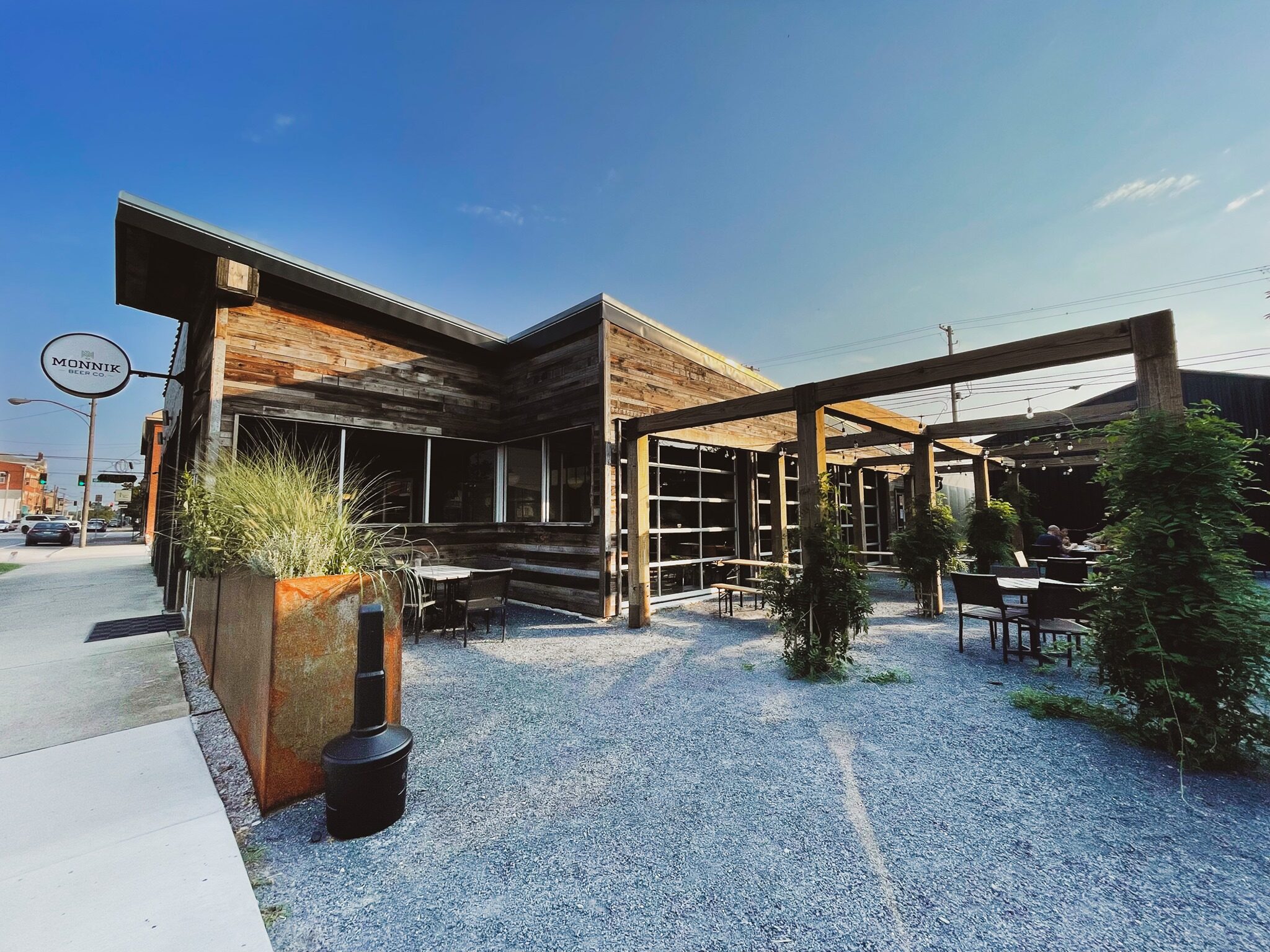
Monnik Beer Company, East Burnett Avenue, Louisville, KY, USA
Distance: 0.89 mi (straight line)

Louisville Nature Center, Illinois Avenue, Louisville, KY, USA
Distance: 0.91 mi (straight line)

Louisville Mega Cavern, Taylor Avenue, Louisville, KY, USA
Distance: 1.54 mi (straight line)
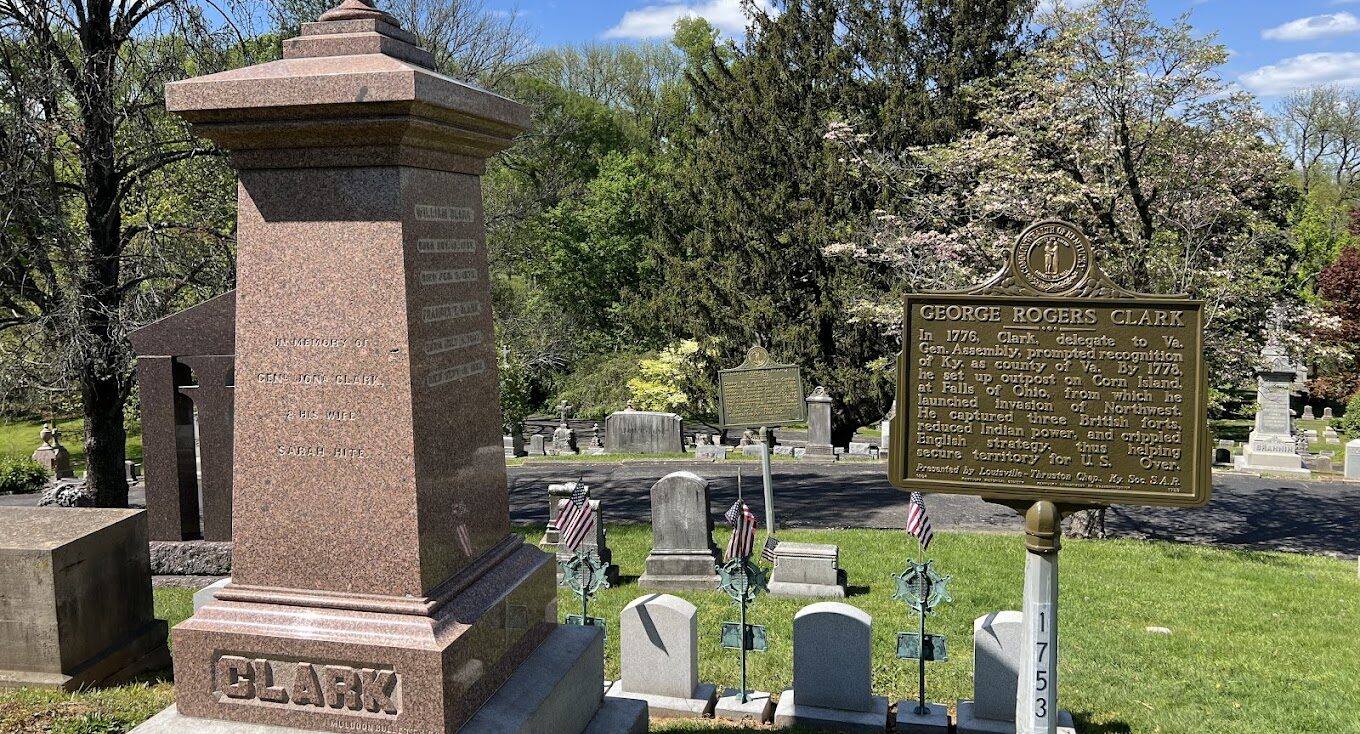
67VJ+P9, Louisville, KY 40204, USA
Distance: 2.11 mi (straight line)

Filson Historical Society, South 3rd Street, Louisville, KY, USA
Distance: 2.16 mi (straight line)
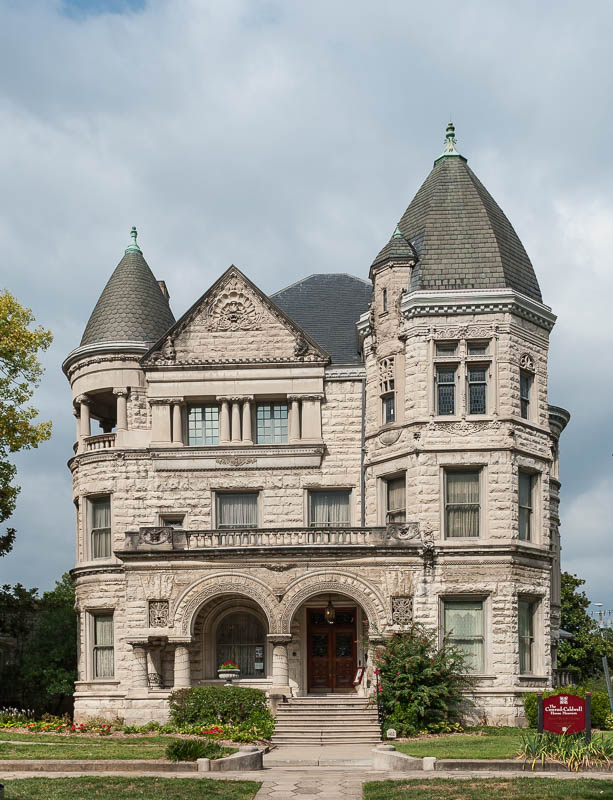
Conrad-Caldwell House Museum, Saint James Court, Louisville, KY, USA
Distance: 2.23 mi (straight line)
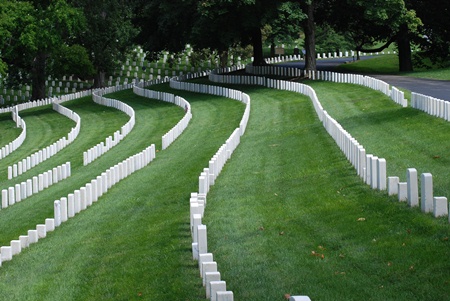
Cave Hill National Cemetery, Baxter Avenue, Louisville, KY, USA
Distance: 2.40 mi (straight line)
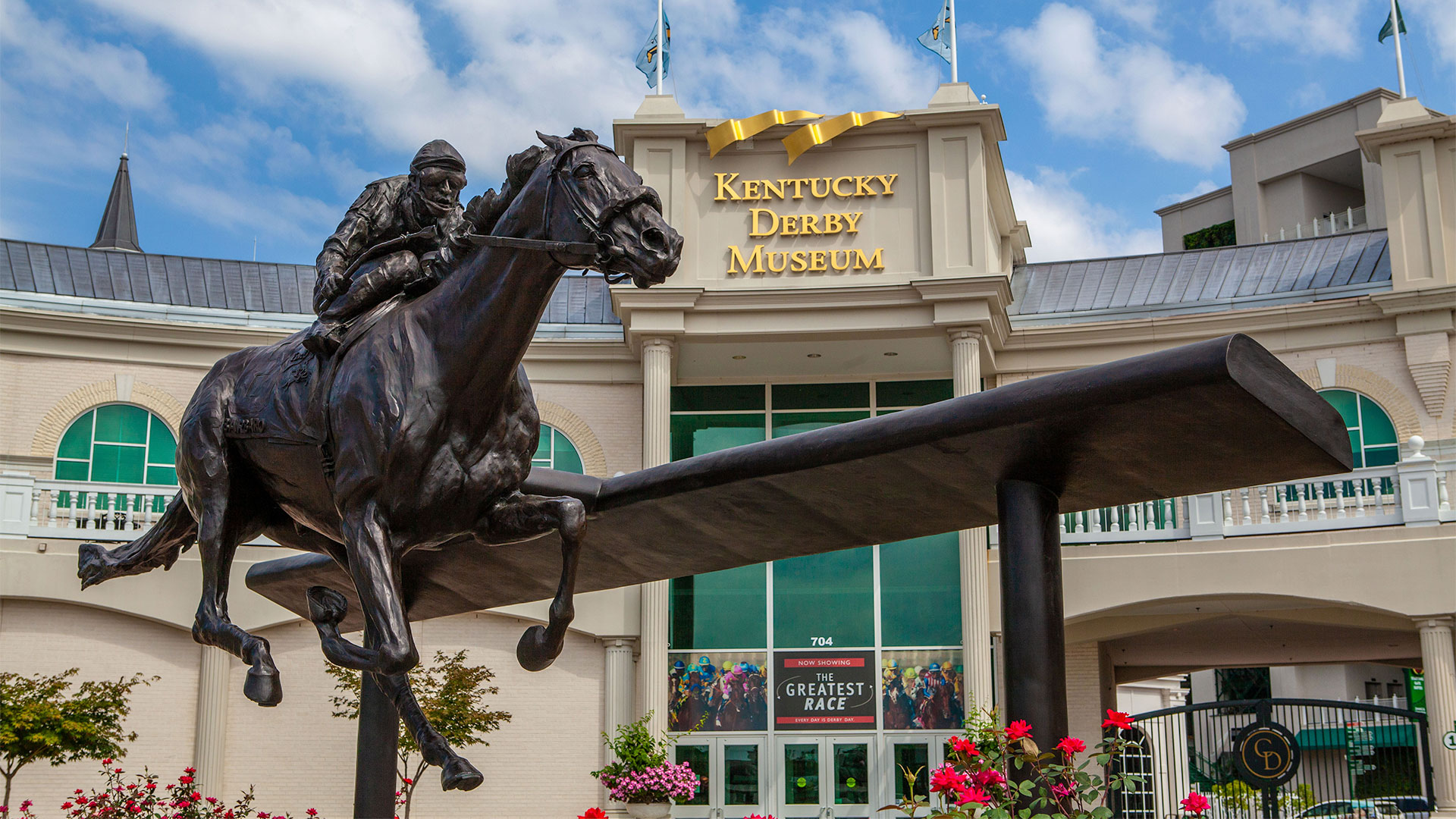
Kentucky Derby Museum, Central Avenue, Louisville, KY, USA
Distance: 2.48 mi (straight line)

Churchill Downs, Central Avenue, Louisville, KY, USA
Distance: 2.59 mi (straight line)

OVRDRIVE: Racing Sims, Axe Throwing, VR, Rage Room - Corporate, Group & Team Building Events, West Jefferson Street, Louisville, KY, USA
Distance: 3.03 mi (straight line)
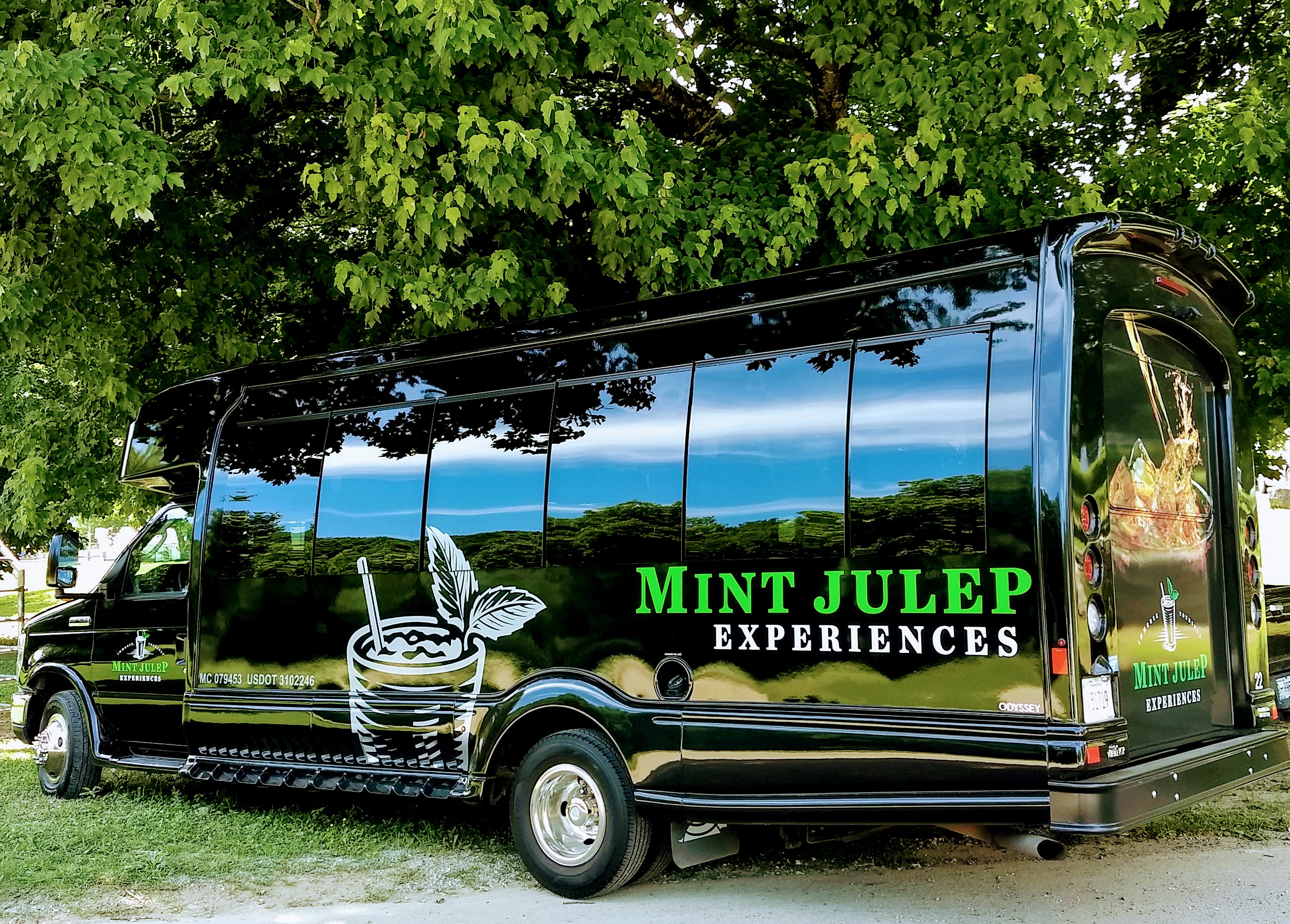
Mint Julep Experiences - Louisville, West Liberty Street, Louisville, KY, USA
Distance: 3.04 mi (straight line)

411 S 4th St, Louisville, KY 40202, USA
Distance: 3.09 mi (straight line)

Waterfront Park, River Road, Louisville, KY, USA
Distance: 3.31 mi (straight line)
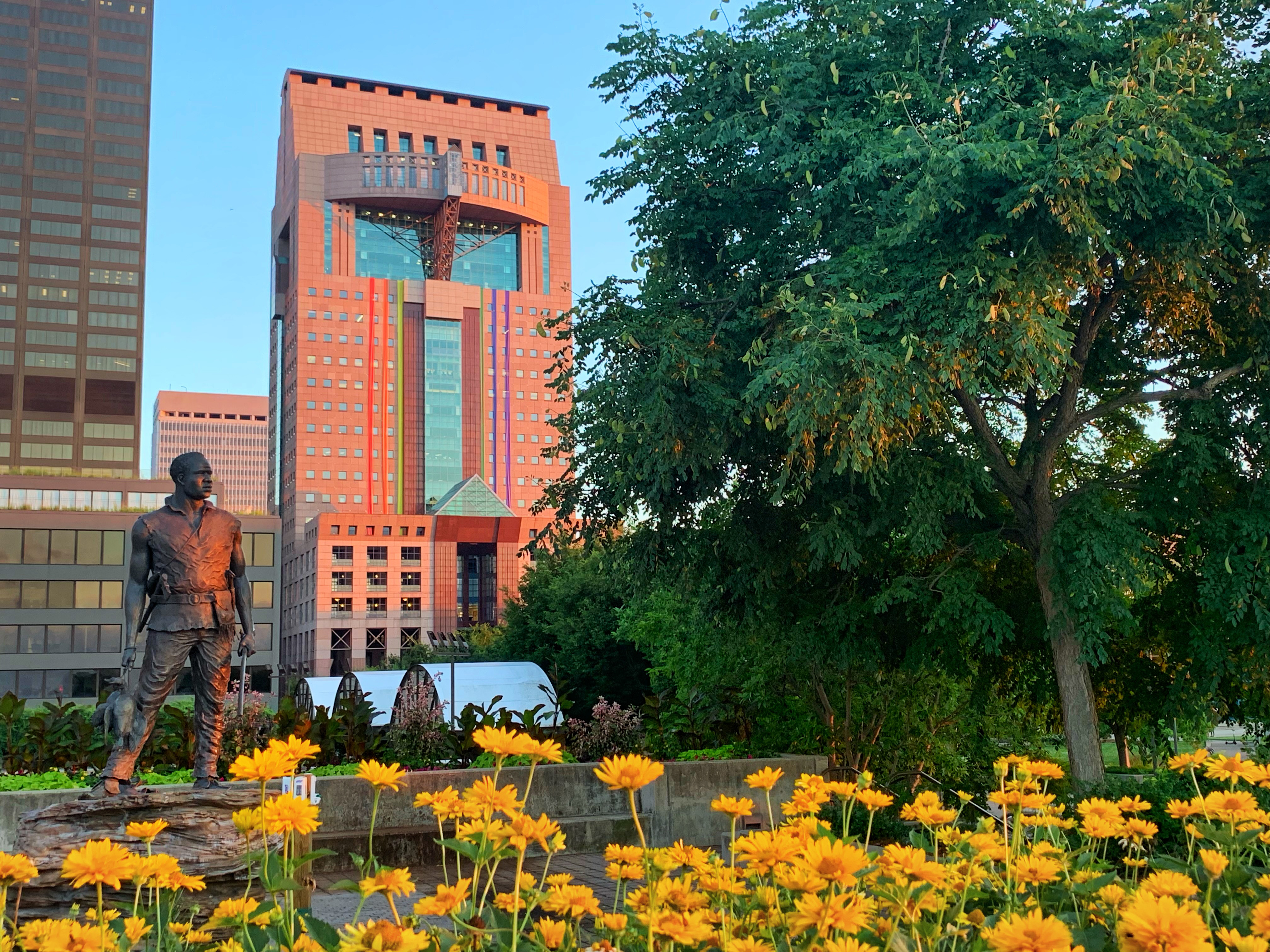
York Statue on the Louisville Belvedere
Distance: 3.47 mi (straight line)
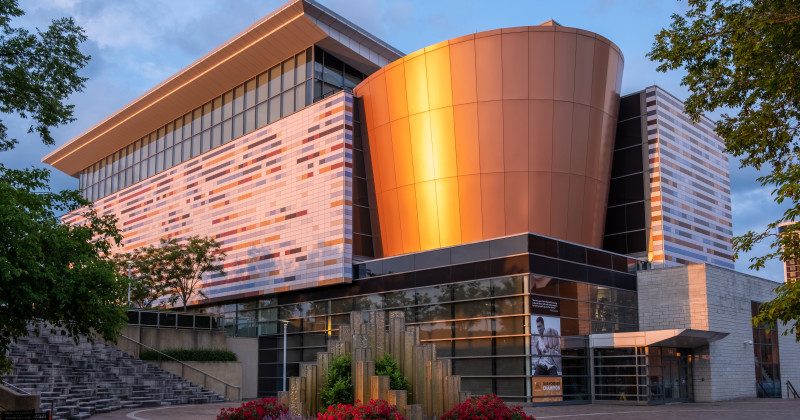
Muhammad Ali Center, North 6th Street, Louisville, KY, USA
Distance: 3.53 mi (straight line)
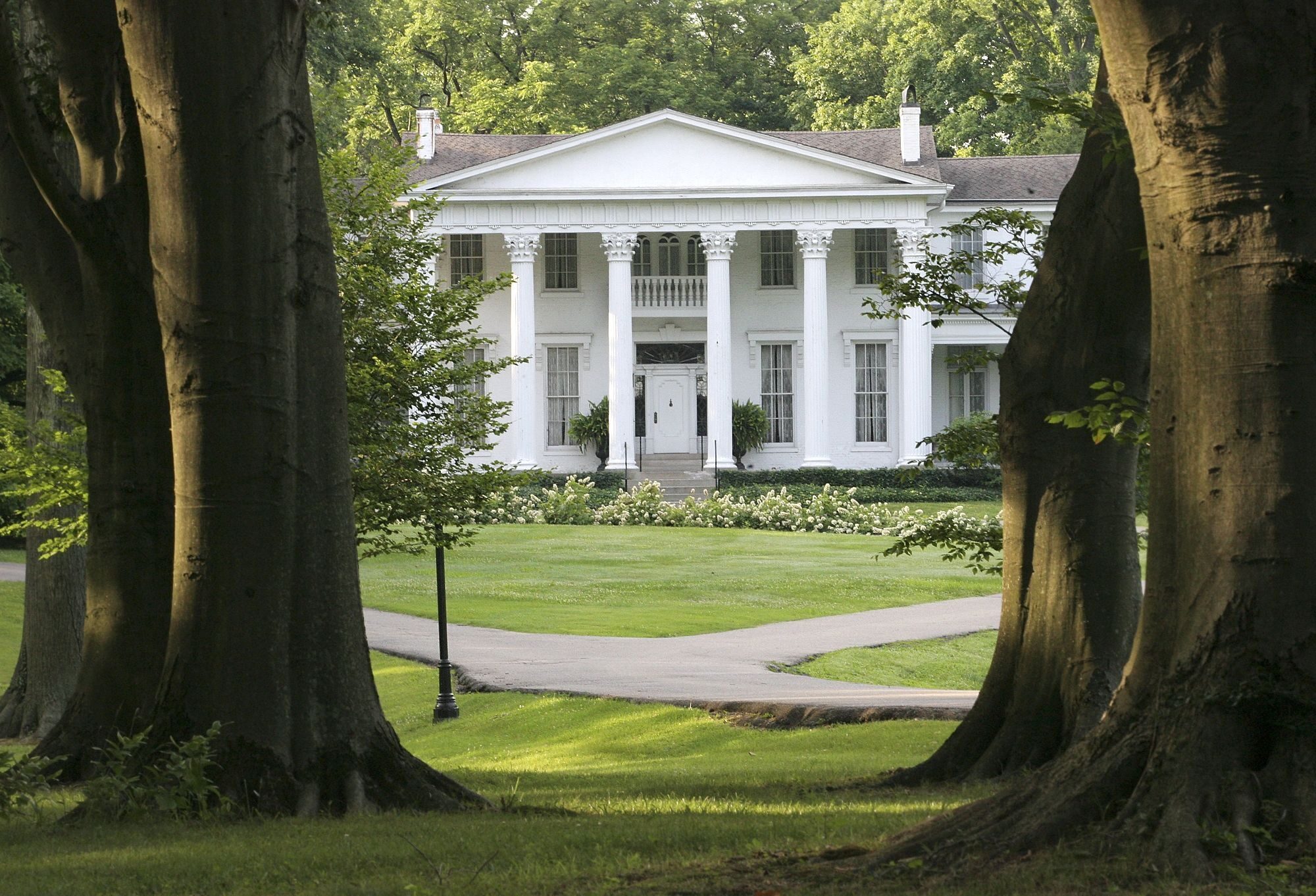
3110 Lexington Rd, Louisville, KY 40206, USA
Distance: 3.55 mi (straight line)

Kentucky Science Center, West Main Street, Louisville, KY, USA
Distance: 3.56 mi (straight line)
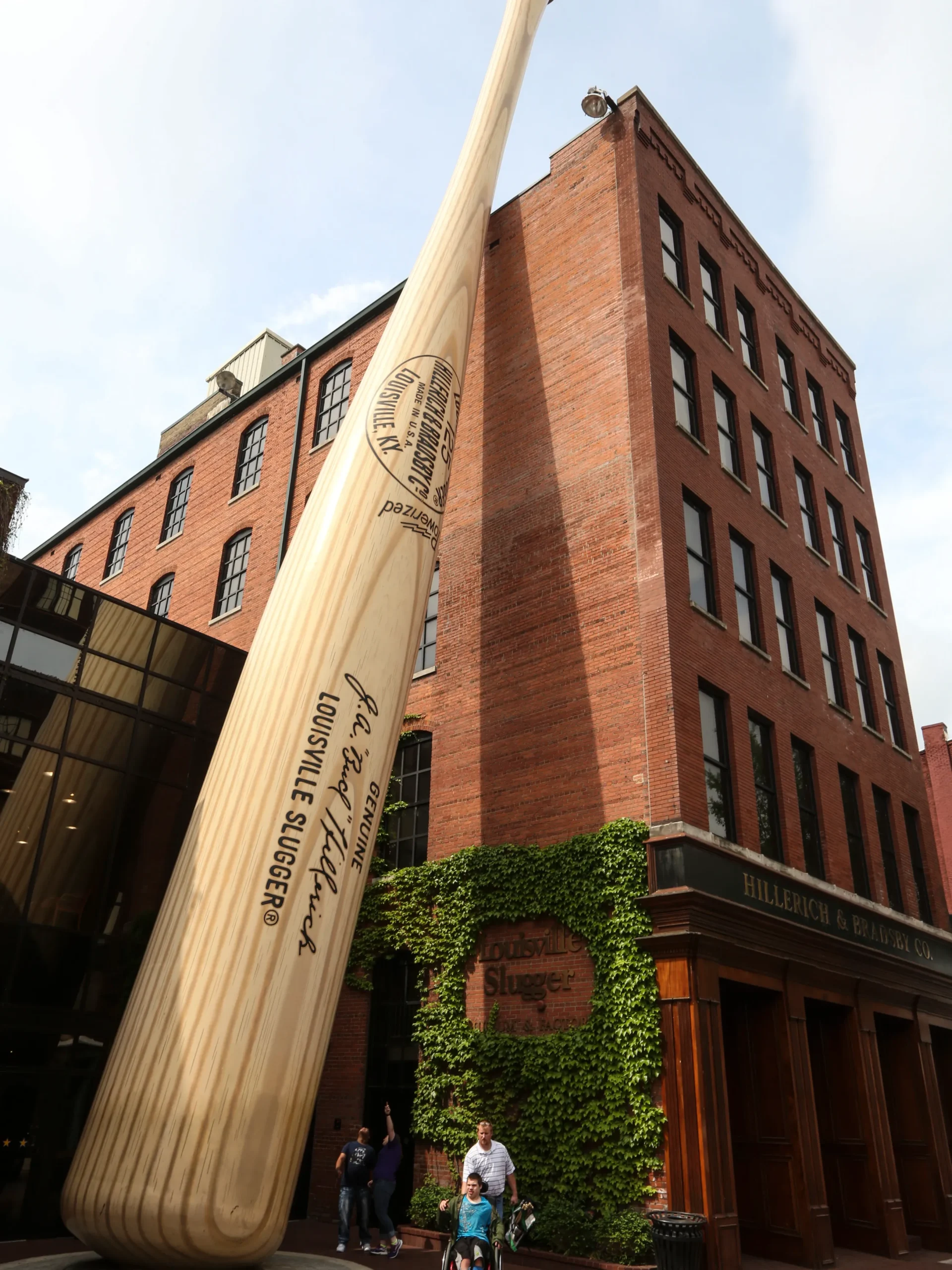
Louisville Slugger Museum & Factory, West Main Street, Louisville, KY, USA
Distance: 3.57 mi (straight line)
Our bi-weekly newsletter provides news, history, and information for those interested in traveling along along the Lewis & Clark Trail.